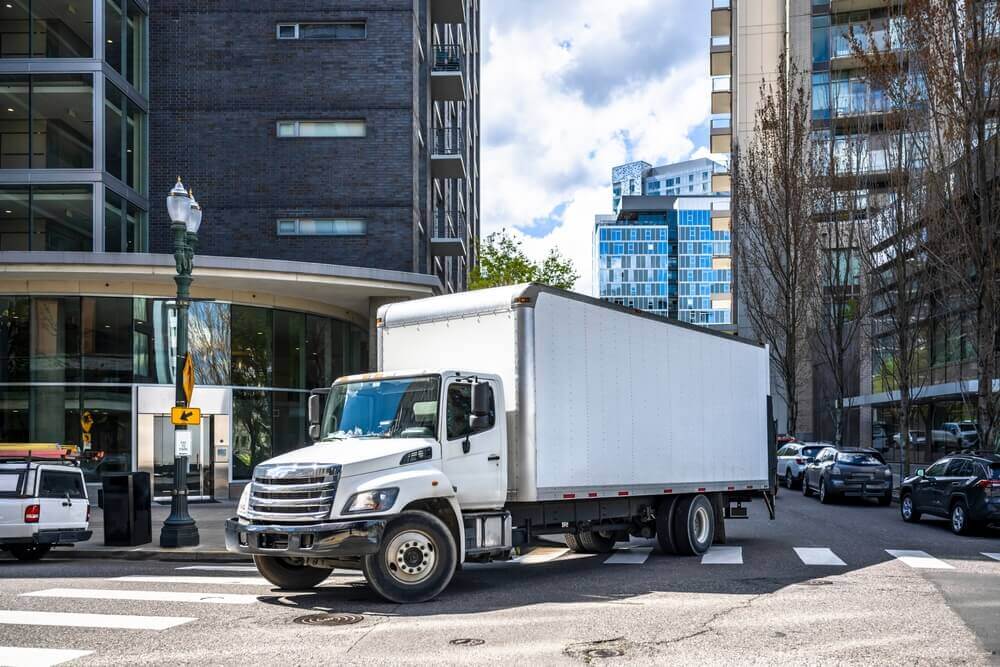
At SambaSafety, we are constantly enhancing our solutions to ensure our customers have the tools, resources and confidence needed to meet ever-changing industry regulations and prioritize proper driver safety and best practices.
With this in mind, we’ve recently added a multitude of new courses to our Entry-Level Driver Training (ELDT) platform that satisfy the theory portion of ELDT requirements for Class B regulations.
These latest additions enhance our comprehensive catalog of online ELDT courses to support all of your training needs for new commercial drivers.
Get Our Free Checklist: Everything ELDT Training Providers Need to Know About FMCSA Compliance
The Latest FMCSA Regulations for ELDT
In order to drive certain commercial motor vehicles (CMVs) operating in interstate, intrastate or foreign commerce, drivers are required to have a commercial driver’s license (CDL).
The Federal Motor Carrier Safety Administration (FMCSA) has developed standards for the testing and licensing of these CDL holders. The standards require CMV drivers to pass knowledge and skills tests that are administered by the State and related to the type of vehicle each driver will operate.
To be eligible for these tests, entry-level drivers must meet the federal standards and requirements established in the recently-released ELDT regulations. These regulations apply to drivers seeking to:
- Obtain a CDL for the first time
- Upgrade their existing CDL from Class B to Class A
- Obtain a new hazmat, passenger or school bus endorsement
Applicants must complete this training with a registered training provider before they are permitted to take the CDL skills tests.
Class A versus Class B CDL: What’s the Difference?
Class A CDL
A Class A CDL license is considered the “universal” CDL. It authorizes a driver to operate multiple types of commercial vehicles weighing 26,001 pounds or more. It also entitles them to haul a trailer weighing 10,000 pounds or more.
This includes:
- Tractor-trailer (semi), big rig or 18-wheeler
- Truck and trailer combinations (including double and triple trailers)
- Tractor-trailer buses
- Tanker vehicles
- Flatbed vehicles
- Most Class B and Class C vehicles (depending on endorsement requirements)
Class B CDL
A Class B license also allows the operation of various vehicle types, but a Class B CDL is more limiting than a Class A CDL. A Class B CDL allows a driver to operate vehicles weighing 26,001 pounds or more without a trailer. It also allows them to operate any vehicle towing a trailer that weighs less than 10,000 pounds.
This includes:
- Straight trucks
- Large buses (city buses, tourist buses and school buses)
- Segmented buses
- Box trucks
- Dump trucks with small trailers
- Some Class C vehicles (with the correct endorsements)
Why Offer Separate ELDT for Class A and Class B
While Class A CDL training can technically satisfy Class B training requirements, it is not 100% applicable.
The Class B curriculum addresses the nuances of drivers in the Class B category. For example, consider the content and visuals that would need to be represented for Class A versus Class B (big trailer versus box truck). With two separate, customized learning paths, training programs can now establish a curriculum that offers more relatable and accurate learning experiences for these new drivers.
Class B-Specific Entry-Level Driver Training
At SambaSafety, our industry-leading Entry-Level Driver Training (ELDT) platform was built specifically to satisfy the theory portion of ELDT requirements.
Along with our existing 30 courses and topics for Class A and 5 courses and topics for HazMat, SambaSafety now offers the 29 required courses and topics required for drivers obtaining a Class B CDL.
These courses include updated visuals that resonate with medium-duty vehicle drivers, as well as a Class B ELDT Certificate that’s awarded at completion of the full learning path.
With our tools, resources and support, you can:
- Train and test drivers in the curriculum topics essential to obtaining a CDL
- Deliver better training for less money by assigning training courses as a prerequisite to instructor-led training
- Provide 24/7 access to training on any device that connects to the internet
- Automatically administer and score written tests and record completion data
- Tailor training to the driver, based on endorsements required for their job
Ready to get started? Download this checklist to ensure your company is implementing an effective — and compliant — ELDT program.




-min.png)